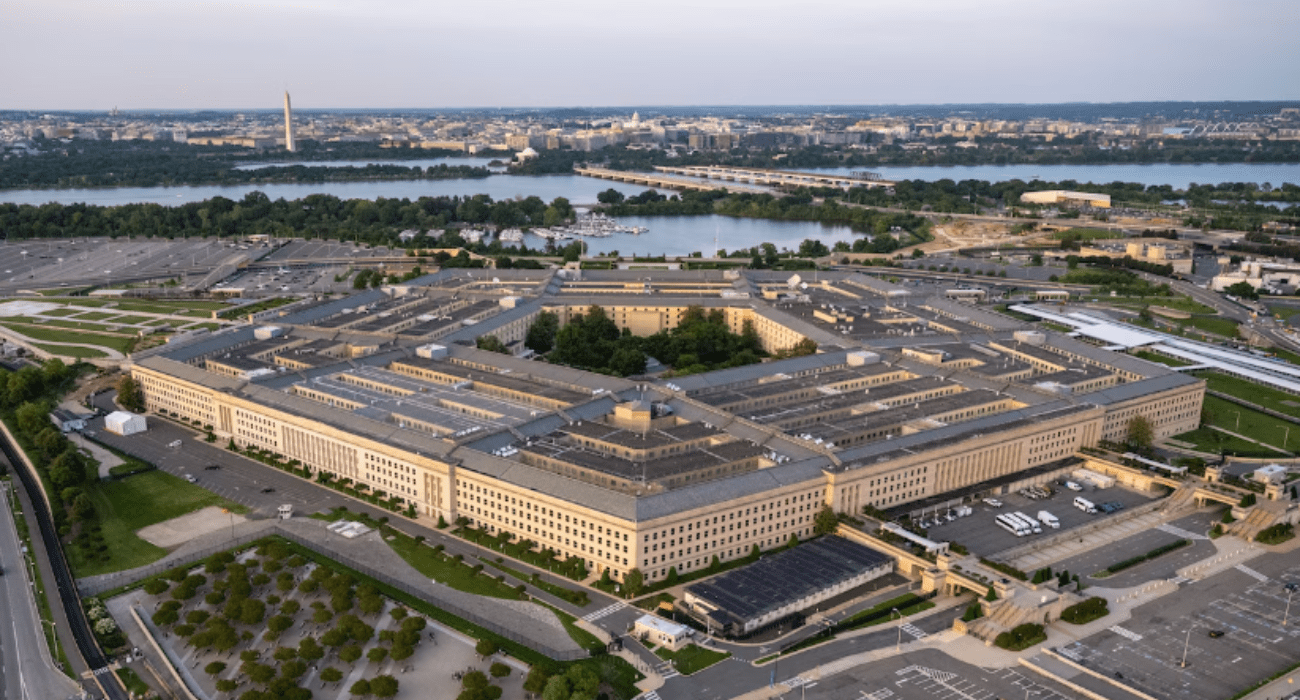The United States launched strikes on more than 85 targets in Iraq and Syria in retaliation for the drone strike that killed three U.S. soldiers a week ago but did not attack Iran.
The strikes, which commenced late Friday, hit seven facilities — three in Iraq and four in Syria — allegedly used by Iran’s Islamic Revolutionary Guard Corps (IRGC) and its proxies, according to a briefing by National Security Council spokesman John Kirby.
“Numerous aircraft, including B-1 bombers dispatched from the United States, were involved in this operation, firing more than 125 precision-guided munitions over the course of about 30 minutes,” Kirby said.
While Iran’s culpability for the drone attack on Tower 22 in Jordan remained at the forefront of the briefing, no targets in Iran were struck. In fact, Kirby and the other White House officials at the briefing, like Lt. General Douglas Sims, director of operations for the Joint Chiefs of Staff at the Pentagon, continually reiterated that the administration would rather not take on Tehran head-on.
“The United States does not seek conflict with Iran or in the broader Middle East,” Kirby offered, echoing a concern expressed by the Biden administration’s critics like retired Army Col. Douglas Macgregor.
In an interview with The Dallas Express earlier this week, Macgregor said of the Biden administration: “They think they can avoid a war by escalating with a bombing campaign. But they will have a war with the whole region.”
Later on, Kirby added, “As I said in my opening statement, we do not seek conflict with Iran. These targets were chosen, as we said, to degrade and disrupt the capabilities of the IRGC and the groups that they sponsor and support. … And the goal here is to get these attacks to stop. We are not looking for a war with Iran.”
When pressed by a reporter as to why the strikes would make the outbreak of a wider regional conflict less likely, Kirby answered, “This was about degrading capability; taking away, in a more robust way than we have in the past — taking away capabilities by the IRGC and the militant groups.”
Kirby denied reports that the United States and Iran have had any communications in the days leading up to the strikes aimed at containing the fall-out. However, when asked whether the strikes were delayed so that Iranians could prepare and the strikes would not kill IRGC leadership, Lt. General Sims did not deny that that was a consideration:
“I’m not going to speak for the Iraqi — or the Iranian-aligned militia groups here. But my guess is, based on the fact that they took the shot at us and have taken multiple shots at us now, that they were anticipating a response. And, you know, their defenses were likely to move people around. We’re pretty confident that the locations we got, as Mr. Kirby mentioned, were pretty significant in degrading capability. And we will know better, in terms of what that BDA looks like, tomorrow.”






